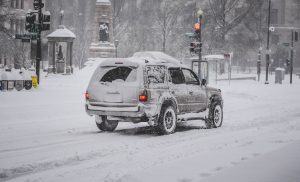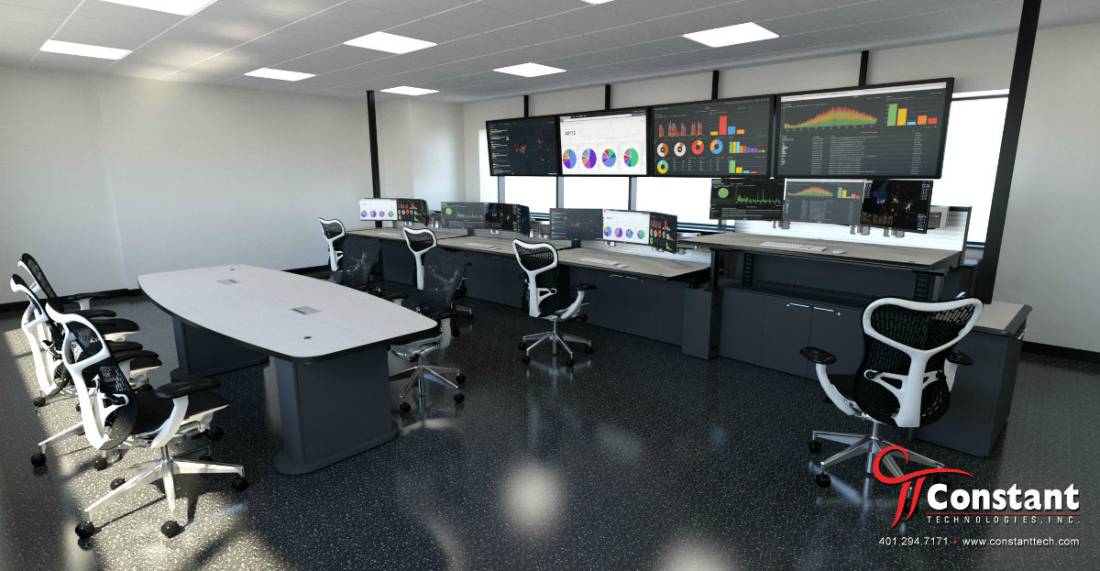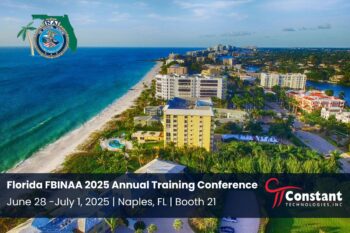The 2018-2019 winter storm season in the United States will last through to about April 30, 2019. Earlier this month, the arrival of Winter Storm Harper triggered the activation of multiple emergency operations centers. Winter Storm Indra, while tamer, is expected to bring similar winter time headaches as it tracks east.
With storms and cold weather closing in, it’s important to focus on disaster preparedness. According to the Red Cross, hundreds of Americans per year are injured or killed because of the effects of cold weather. Exposure to cold, accidents due to winter road conditions, and fires caused by improper use of heaters are all increased risks during the winter months.

Winter Preparedness
According to the Ready Campaign, a list of preparedness for winter weather includes:
- Know your area’s risk for extreme winter weather, which can leave communities without utilities and services for extended periods of time.
- Learn the signs of and basic treatments for frostbite and hypothermia.
- Familiarize yourself with the National Weather Service’s terms such as watches and warnings, and pay attention to weather reports. The Emergency Alert System (EAS) and National Oceanic and Atmospheric Administration (NOAA) Weather Radio provide emergency alerts.
- Take immediate precautions for weather warnings:
- A winter storm warning is issued when significant and hazardous winter weather is expected. This can include any of the following: 5 or more inches of snow/sleet within a 12-hour period or 7 or more inches of snow/sleet within a 24 hour period; enough ice accumulation to damage trees or powerlines; a life threatening or damaging combination of snow and/or ice accumulation with wind.
- A blizzard warning is issued when the following conditions are expected within 12 to 18 hours: snow or blowing snow that reduces visibility to ¼ mile or less for at least 3 hours and sustained winds of at least 35mph or frequent gusts of wind that reach 35mph or greater.
Pay attention to announcements from national advisories as well as your local emergency operations centers to proceed safely during harsh winter weather.
Winter Emergency Operations Centers
Before, during, and after blizzards and other winter weather events, local emergency operations centers play a vital role. EOC operators track and predict weather patterns on an operations center video wall and measure the potential impact of a storm. Locally-based emergency operations centers communicate with larger operations on state and national levels to coordinate efforts and share information and resources. In addition to the coordination of immediate response efforts at the height of the storm, EOCs also coordinate responses to incidents that can occur as a result of the storm after it has already passed such as flooding caused by melting ice and snow.
How Design Plays a Role
A successful operation is the result of quality data and the persistence of the emergency operations team. Operations Center design should help, not hinder, operations to allow for quick and efficient coordination and response. Since an EOC serves as the central hub of incident preparation and response, emergency operators must be able to gather and share critical information, coordinate response initiatives, and manage personnel across various departments. Emergency operations center design should not distract from the vital roles that need to be performed; rather it should make those roles easier to perform.
Public safety in the event of a winter weather event can depend on an EOC running at peak efficiency. Staff in the emergency operations center must be able to display a variety of data on the 24/7 video wall so that information can quickly be aggregated, analyzed, and shared to make lifesaving decisions. The technology within an EOC must be impeccably reliable with redundancies in place to prevent information loss during the storm. Because emergency operations centers’ tasks are critical, it is important to work with an AV integrator that can recommend the most reliable products so your technology weathers through the toughest conditions.
The emergency operations center furniture solutions used in your EOC installation can also contribute to efficiency. Space design and furniture arrangements should enable coordination between operators and allow a clear view to the videowall for everyone in the room. Additionally, the shifts during an emergency can be long and grueling. Furniture and video wall positions should be decided with ergonomics in mind so that operators can work without the added distraction of avoidable discomfort.
Make sure your emergency operations center is ready for round-the-clock use as winter continues in full force. Contact us today to come up with the best solution for your emergency operations space.
About Constant:
Constant Technologies, Inc. is a premier mission critical systems integrator providing customized audiovisual integration of 24/7 video walls and command center furniture worldwide. With over 30 years of experience, Constant’s team has the knowledge and clearance to work with sensitive environments in the public and private sectors. Our team has implemented turnkey solutions all over the world. Constant designs, installs and services projects of all scopes and sizes. Constant’s solutions provide the highest levels of security, aesthetics and functionality. Some of Constant’s installations include: Network Operations Center design, EOC builds, Fusion Centers, Security Operations Centers, Social Media Command Centers, and other command and control environments.





